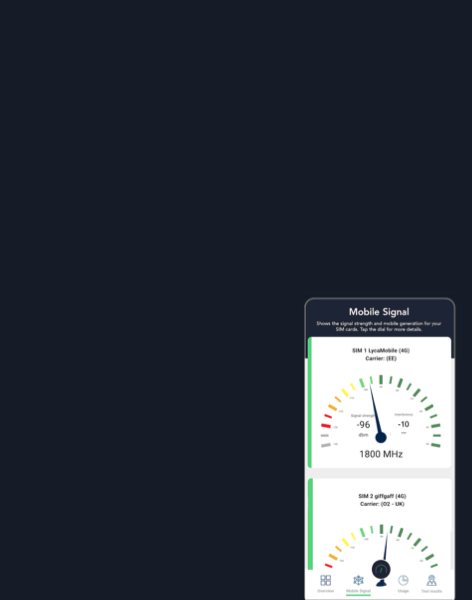How is wireless backhaul evolving?
A new PolicyTracker research note provides a detailed analysis.
The mobile industry is increasingly interested in mid–band spectrum for access services.
Spectrum in the traditional microwave band of 6 GHz, for example, was identified for IMTInternational Mobile Telecommunications (I… at WRC-23The World Radiocommunication Conference (W…, while WRC-27 will consider the use of IMT in other mid-bands.
This increasing interest is coinciding with more licensing of mobile backhaul in higher frequencies.
There is more bandwidth in these higher bands but propagation isn’t as good. This weakness is offset by increased fibre in the core network.
Ericsson is enthusiastic about using the E-band (71—76 GHz and 81—86 GHz) for mobile backhaul. So is mobile industry association the GSMA, which forecasts the E-band will account for 71 per cent of all mmWave backhaul links (E, V, W and D links) by 2027.
Auctions of wireless backhaul are unusual. However, they have been used or proposed a few times. India’s regulator TRAI has recently considered such an auction but new legislation suggests it won’t happen.
Per-link licensing remains the most popular method for assigning backhaul spectrum. Other options include light licensing or unlicensed use.
For more on all this, take a look at our new research note on wireless backhaul. It is now available to Spectrum Research Service subscribers.
